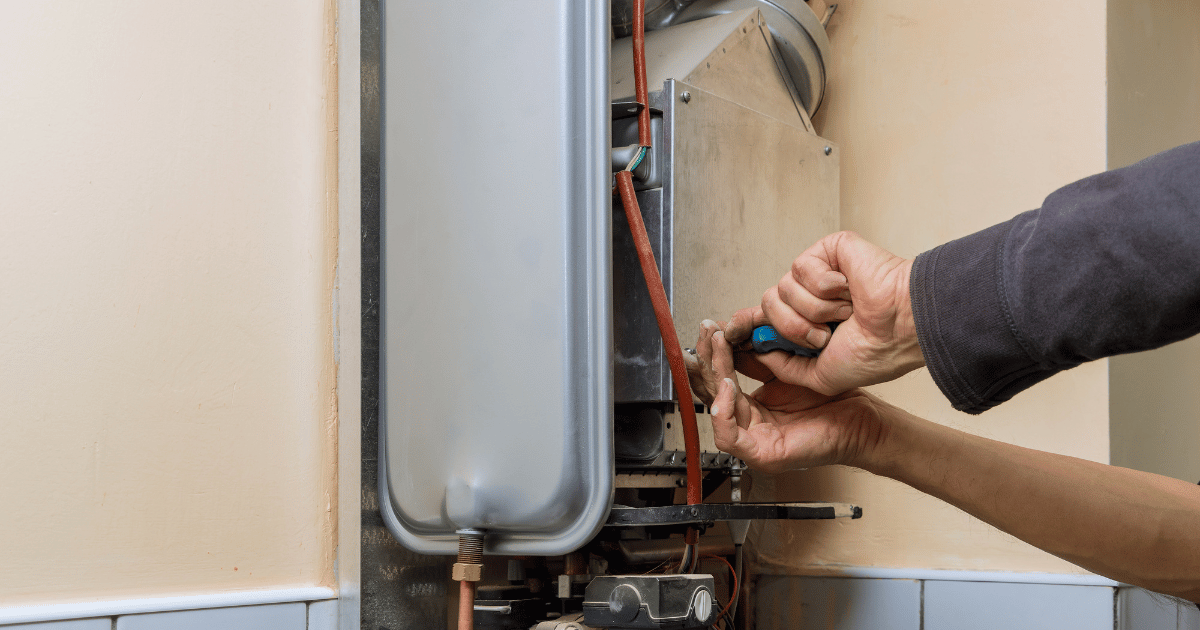Any individual has got their personal way of thinking when it comes to How to Maintain a Hot Water Heater in a Few Simple Steps.

Warm water is necessary for daily convenience, whether it's for a refreshing shower or washing dishes. To guarantee your hot water system runs successfully and lasts much longer, regular upkeep is crucial. This post offers functional tips and insights on just how to preserve your home's warm water system to avoid disruptions and pricey repair services.
Introduction
Preserving your home's hot water system might seem challenging, but with a few simple steps, you can guarantee it runs efficiently for years to find. This guide covers everything from comprehending your warm water system to do it yourself maintenance tips and understanding when to call in expert aid.
Significance of Keeping Your Hot Water System
Routine upkeep not just prolongs the lifespan of your warm water system but additionally ensures it operates effectively. Overlooking maintenance can lead to lowered effectiveness, higher energy costs, and also premature failing of the system.
Indications Your Hot Water System Demands Upkeep
Recognizing when your hot water system requires focus can protect against significant issues. Look out for signs such as irregular water temperature level, odd noises from the heater, or rusty water.
Flushing the Hot Water Heater
Purging your hot water heater eliminates sediment accumulation, boosting performance and extending its life.
Checking and Replacing Anode Rods
Anode poles stop rust inside the storage tank. Checking and changing them when worn is vital.
Complicated Problems Needing Expert Assistance
Examples include major leaks, electric troubles, or if your hot water heater is continually underperforming.
Regular Expert Maintenance Advantages
Professional maintenance can include detailed assessments, tune-ups, and ensuring conformity with safety criteria.
Checking and Adjusting Temperature Level Settings
Adjusting the temperature level settings makes certain ideal performance and security.
DIY Tips for Upkeep
You can carry out numerous maintenance tasks on your own to keep your warm water system in top condition.
Checking for Leakages
Routinely evaluate pipelines and links for leakages, as these can lead to water damages and greater bills.
Comprehending Your Hot Water System
Prior to diving right into upkeep tasks, it's valuable to comprehend the fundamental elements of your warm water system. Commonly, this consists of the hot water heater itself, pipelines, anode poles, and temperature level controls.
Regular Monthly Upkeep Tasks
Routine regular monthly checks can assist capture small issues before they intensify.
Checking Pressure Relief Valves
Testing the stress safety valve ensures it works properly and prevents too much stress accumulation.
Insulating Pipelines
Protecting hot water pipelines minimizes heat loss and can conserve energy.
When to Call an Expert
While do it yourself maintenance is beneficial, some problems require expert expertise.
Final thought
Regular maintenance of your home's warm water system is important for performance, longevity, and price savings. By following these ideas and recognizing when to look for professional help, you can make sure a trusted supply of warm water without unanticipated disruptions.
How to Maintain an Instant Hot Water Heater
Before tinkering with your hot water heater, make sure that it’s not powered on. You also have to turn off the main circuit breaker and shut off the main gas line to prevent accidents. Also turn off the water valves connected to your unit to prevent water from flowing into and out of the appliance. 2. When you’re done, you have to detach the purge valves’ caps. These look like the letter “T” and are situated on either side of the water valves. Doing so will release any pressure that has accumulated inside the valves while at the same time avoid hot water from shooting out and burning your skin. 3. When the purge valves’ caps are removed, you have to connect your hosing lines to the valves. Your unit should have come with three hoses but if it didn’t, you can purchase these things from any hardware or home repair shops. You can also get them from retail stores that sell water heating systems. Read the user’s manual and follow it to complete this task properly. When the hosing lines are connected, open the purge port’s valves. 4. You should never use harsh chemical cleaners or solutions when cleaning your unit. Make use of white vinegar instead. It should be undiluted and you’ll probably use about 2 gallons. 5. Now flush your water heater. This task should probably take about 40 minutes. We can’t give you specific directions for this because the procedure is carried out depending on the type, model and brand of your heater. With that being said, refer to the user’s manual. 6. When you’re done draining the unit, you have to turn off the purge port valves again. Remove the hosing lines that you earlier installed on each of the water valves. Put the valve caps (purge port) back in their respective places and be very careful so as not to damage the rubber discs that are found inside these caps. 7. Now that everything’s back in place, check your user’s manual again to find out how to reactivate your water heating system. 8. Once it is working, turn one of your hot water faucets on just to let air pass through the heater’s water supply pipes. Leave the tap on until water flows smoothly out of it. https://www.orrplumbing.com/blog/2014/september/how-to-maintain-an-instant-hot-water-heater/

I found that page on Tips on Maintaining a Water Heater when doing a lookup on the internet. Remember to take the opportunity to share this blog posting if you enjoyed it. We truly appreciate your readership.
Request A Quote